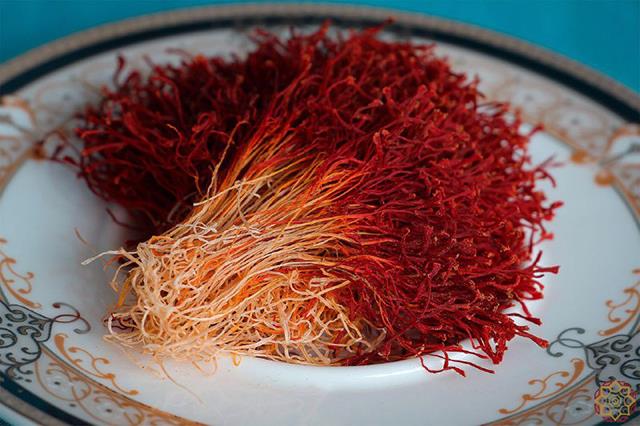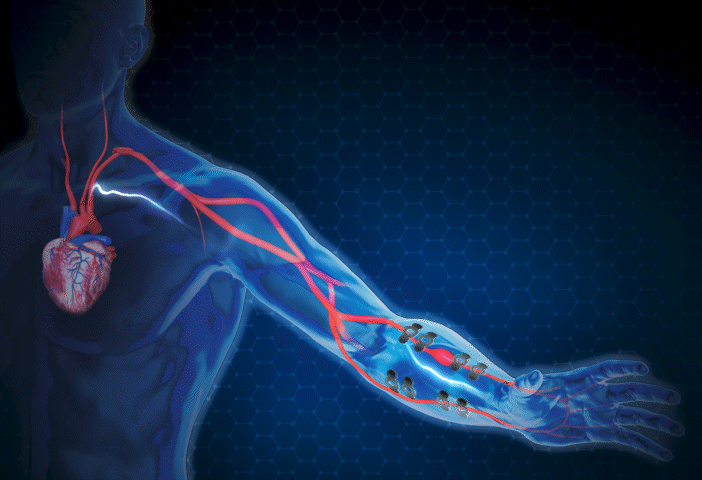What are the side effects of saffron? What are its potential damages?
Recommended daily dose

Saffron is one of the plants derived from the family of iris plants, and it has a rich history and has many uses; Starting from delicious food to therapeutic uses, saffron is famous for its vibrant yellow color, distinctive flavor and aromatic smell, and over the years and days gained a unique position in the world of cooking, health and beauty, as it was known for its distinctive influence in improving the taste of delicious dishes, preparing herbal medicines and even entering strongly in Skin care products, and despite the importance of saffron, it has many side effects; In this article we will get to know each other.
Nausea and digestive problems
The common side effects of saffron usually appear when consumed excessively, when the recommended daily dose exceeds 1.5 grams, and awareness of these effects is very important to ensure safe and useful use, and one of the most important side effects caused by this plant is nausea and problems of the digestive system ; Including diarrhea and stomach cramps, these symptoms are often the body's response to an overdose of spices.

Headache
Eating large quantities of saffron can lead to headaches or dizziness for some, due to - most likely - to saffron compounds that affect the central nervous system, which leads to side effects such as headache, dizziness, and even anxiety or mood fluctuation, due to the effect The active compounds inside it on the chemistry of the brain.

Tension and mood changes
Saffron contains chemicals with a psychological effect that can affect the mood, and while it is often used to improve mood and treat light depression, but in large doses it can cause stress or anxiety.
Sleep disorders
Excessive consumption of saffron can interfere with sleep patterns, causing drowsiness or insomnia, and this effect is due to the adjustment of neurotransmitters in the brain through the compounds in saffron.


Dry mouth
One of the less common side effects of saffron is dry mouth, as its components can affect saliva production, which leads to a feeling of dry mouth.

Allergic reactions
Despite its rarity, some individuals may have an allergy to pollen in saffron, and allergic reactions can appear in the form of a rash, itching or swelling, especially for those who suffer from the sensitivity of other plants in the iris family, and for this it is necessary for individuals exposed For allergies, especially those related to plants and herbs, conduct an allergy test before using products that contain saffron over the skin areas.

The appearance of acne and pimples
In some cases, especially for those who suffer from oily or acne, saffron can exacerbate acne problems, and spices may block pores or lead to excessive oil production, which leads to the appearance of pimples.

Eye irritation
When putting saffron near the eyes, as in homemade masks or masks, there is a risk of eye irritation, as saffron molecules can cause discomfort, redness, or even temporary vision disorders if the eyes are touched.

Interactions with medications
Saffron supplements can interact with some medications, such as blood -watermelons, blood pressure medications, and antidepressants, and this reaction can enhance or reduce the effects of these medications, which leads to health risks.

Impact on blood pressure and heart rate
Saffron extracts can reduce blood pressure and affect the heart rate, and while this may be useful in some cases, it may pose risks for individuals with pre -existing cardiovascular disease or those who take relevant medications.

Motivating the central nervous system
Saffron contains active compounds that can motivate the central nervous system, and while this can benefit individuals with hyperactivity disorder and attention lack by improving focus and cognitive function, it may also lead to excessive stimulation, which leads to insomnia or sleep disorders , Especially when used in high doses.

Cirrhosis
Eating saffron in excessive quantities can lead to poisoning or cirrhosis, which symptoms include yellowing of the skin and eyes, abdominal pain, and high liver enzymes.


The 20 most comfortable winter cities for a vacation getaway, new data show

15 shocking things retailers already know about you
